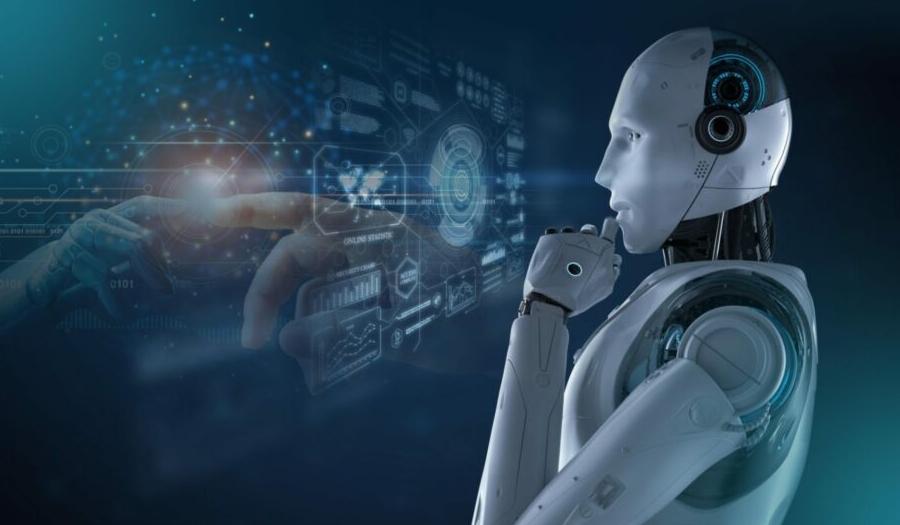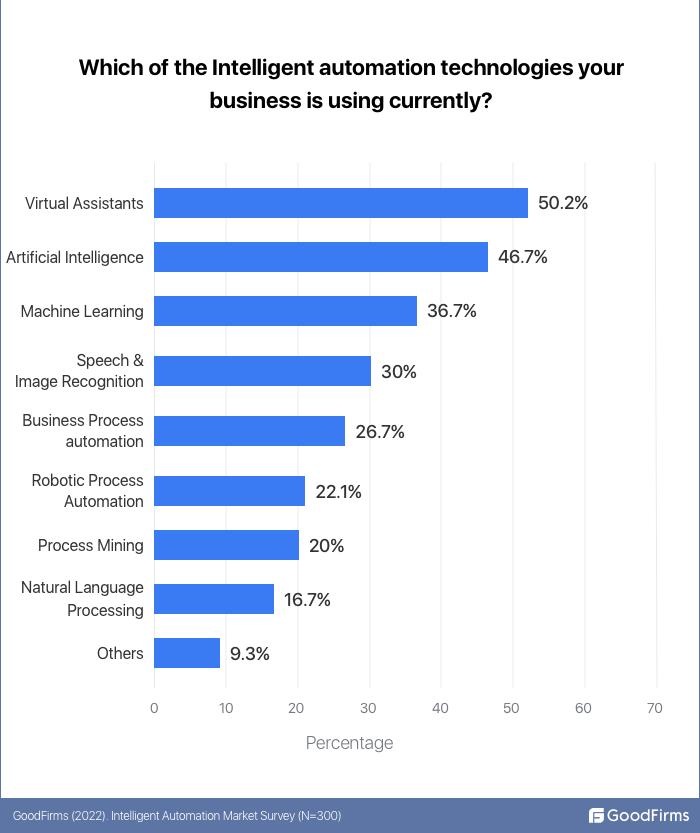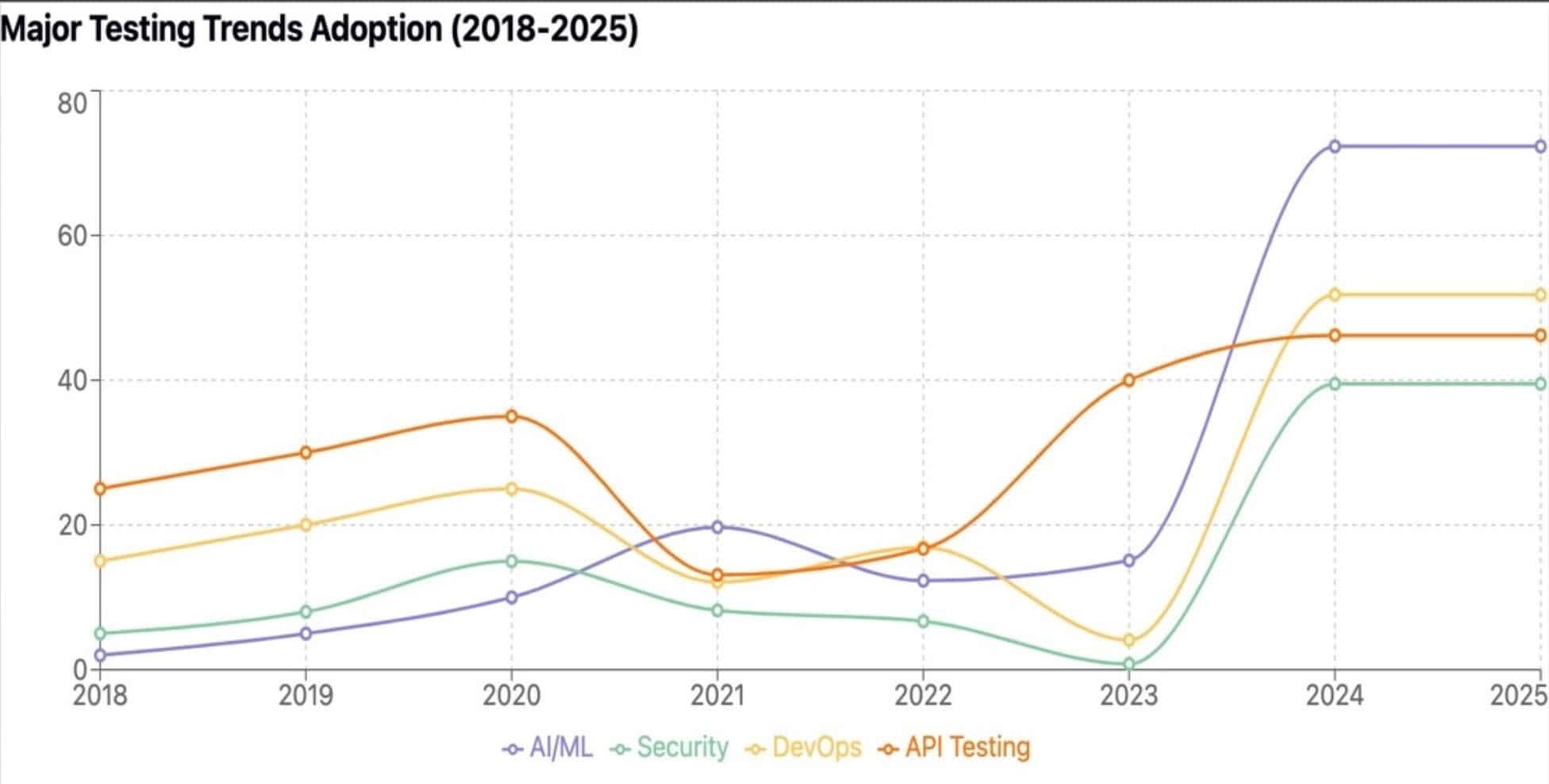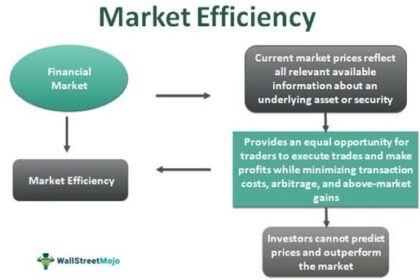As we stand on the brink of a new year, the landscape of technology evolves at an unprecedented pace, ushering in a new era defined by automation. With each passing moment, our daily lives and industries are increasingly intertwined with intelligent systems designed to enhance efficiency and drive innovation. In 2024, key automation trends are poised to reshape the way we work, interact, and experience the world around us. This article delves into the vital shifts and emerging technologies that will not only transform businesses but also redefine the human experience. From advanced robotics and artificial intelligence to seamless integration with the Internet of Things, join us as we explore the exciting frontiers of automation that lie ahead, paving the way for a future where possibilities are limited only by our imagination.
Navigating the Rise of AI-Powered Automation in Various Industries
The integration of AI-powered automation is reshaping industries at an unprecedented pace, enhancing efficiency and transforming workflows. In sectors like manufacturing, the introduction of smart robotics is streamlining production lines, allowing for real-time adjustments based on demand. These intelligent systems not only improve speed and accuracy but also reduce human error, leading to higher-quality outputs. Healthcare is witnessing similar advancements with AI-driven diagnostic tools that assist medical professionals in identifying conditions more accurately, thereby enabling faster and more effective treatment plans.
Moreover, the retail sector is rapidly adapting to digital innovations, employing AI algorithms to analyze consumer behavior and personalize shopping experiences. This proactive approach not only boosts customer satisfaction but also drives sales. Supply chain management is also evolving, with AI predicting potential disruptions and optimizing logistics, ensuring timely delivery of goods. The following table highlights key sectors where AI automation is making a significant impact:
| Industry | Key Benefits |
|---|---|
| Manufacturing | Increased efficiency, reduced costs |
| Healthcare | Enhanced diagnostics, improved patient care |
| Retail | Personalized experiences, higher sales |
| Supply Chain | Optimized logistics, minimized disruptions |

Reshaping Workforces: The Impact of Automation on Employment Dynamics
The integration of automation into various industries is transforming the nature of work, leading to significant shifts in employment dynamics. As machines and algorithms take on tasks traditionally performed by humans, organizations are reimagining workforce structures to leverage these advancements. Key industries impacted include manufacturing, logistics, and customer service, where repetitive tasks are increasingly handled by automated systems. The advantages of automation are clear: enhanced efficiency, reduced operational costs, and the ability to operate around the clock. However, this shift also brings about challenges, including potential job displacement, necessitating a careful balance between technological adoption and workforce stability.
To adapt to these changes, companies are investing in upskilling and reskilling employees to prepare them for a more automated workplace. This emphasis on continuous learning not only aids in job retention but also ensures that employees can work alongside advanced technologies, bridging the human-automation divide. Employers are encouraged to adopt new policies that support career development in the age of automation. A strategic approach may include:
- Implementing training programs focused on digital literacy and technical skills
- Offering mentorship opportunities to foster knowledge sharing
- Creating a culture of innovation that embraces technological change
In this evolving landscape, understanding the impact of automation on employment is crucial for both employers and employees alike, paving the way for a future where humans and machines collaborate effectively.

Harnessing Data Analytics for Enhanced Decision-Making in Automation
As organizations continue embracing automation, leveraging data analytics emerges as a transformative strategy to refine decision-making processes. By employing advanced analytics tools and techniques, businesses can dissect vast amounts of operational data to illuminate trends, forecast outcomes, and mitigate risks. This analytical capability enables teams to make informed decisions that are not just reactive but strategically proactive, ensuring optimal resource allocations and enhanced productivity across automated systems. Key benefits of integrating data analytics in automation include:
- Enhanced Predictive Insights: Utilizing historical data to foresee potential challenges and opportunities.
- Streamlined Operations: Identifying bottlenecks and inefficiencies in real time, leading to more agile responses.
- Informed Strategic Planning: Supporting data-driven initiatives that align with organizational goals.
Moreover, the convergence of automation and data analytics fosters a culture of continuous improvement, where data not only drives immediate operational enhancements but also informs long-term strategic initiatives. Businesses are increasingly adopting sophisticated dashboards and visualization tools that keep decision-makers apprised of performance metrics at their fingertips. For instance, consider the following factors that can impact decision-making in an automated environment:
| Factor | Impact on Decision-Making |
|---|---|
| Real-Time Data Access | Enables swift adjustments to automated processes based on immediate insights. |
| Data Quality | Improves the accuracy of predictions, fostering trust in the automation systems. |
| Integration of Multiple Data Sources | Provides a holistic view, enhancing contextual understanding of decisions. |

Future-Proofing Your Business: Strategies for Adopting Emerging Automation Technologies
Embracing automation technologies is no longer just an option; it’s a necessity for businesses aiming to thrive in a fast-evolving landscape. To stay ahead, organizations must actively seek to integrate innovative automation tools that streamline processes and drive efficiency. Consider investing in solutions such as:
- Robotic Process Automation (RPA): Automates repetitive tasks, allowing employees to focus on more strategic activities.
- Artificial Intelligence (AI): Enhances decision-making through data analysis and predictive analytics.
- Chatbots and Virtual Assistants: Provide 24/7 customer service, improving user experience while reducing operational costs.
Additionally, establishing a culture of continuous learning is vital for successful adoption. Businesses should prioritize training and development programs that empower employees to harness these emerging technologies effectively. Consider creating a roadmap that includes:
| Strategy | Description |
|---|---|
| Regular Workshops | Facilitate hands-on sessions focusing on new technologies. |
| Partnerships with Tech Leaders | Collaborate with innovators for insights and technologies. |
| Feedback Mechanisms | Encourage input from teams to refine automation strategies. |
The Conclusion
As we stand on the brink of 2024, the horizon of automation unfolds before us, rich with promise and potential. The trends we’ve explored in this article not only reflect the technological advancements that are shaping industries but also signal a profound shift in the way we live and work. From AI-driven efficiencies to the rise of collaborative robots, these developments are more than just technological novelties; they represent a reimagining of human capability and innovation.
As we embrace these changes, it is crucial to approach the future with both optimism and caution. Understanding the implications of automation on the workforce, security, and social dynamics will be essential in harnessing its benefits while mitigating its challenges. With every trend comes the opportunity for smarter solutions and enhanced productivity, but also the responsibility to ensure that technology serves to uplift humanity.
As we journey into this new era, let us remain open-minded and proactive, ready to engage with the evolving landscape of automation. The future awaits, and it is ours to shape. Whether you are an industry leader, a tech enthusiast, or simply a curious observer, the choices we make today will resonate in the automation tapestry of tomorrow. Welcome to the future—it’s time to explore!



